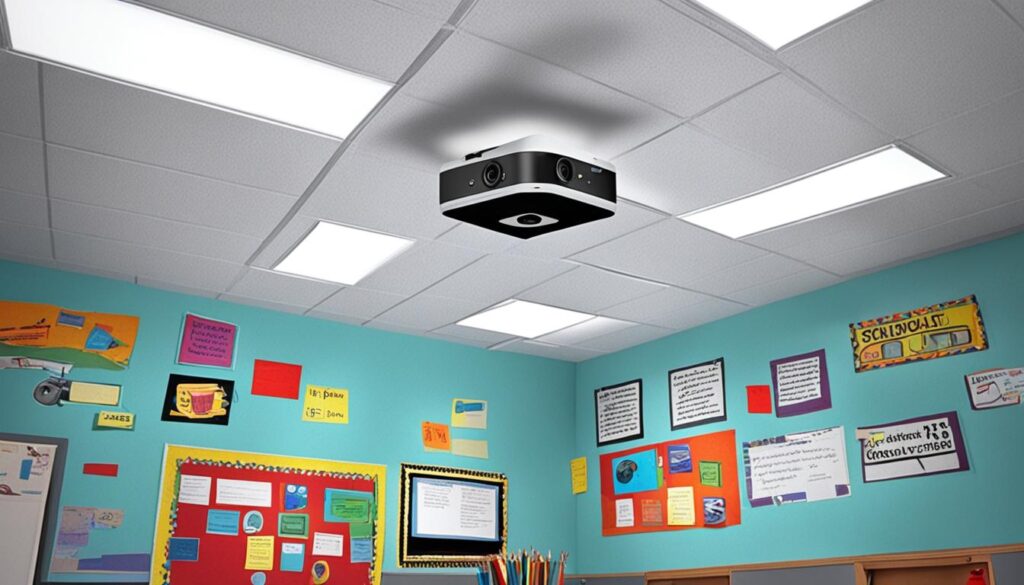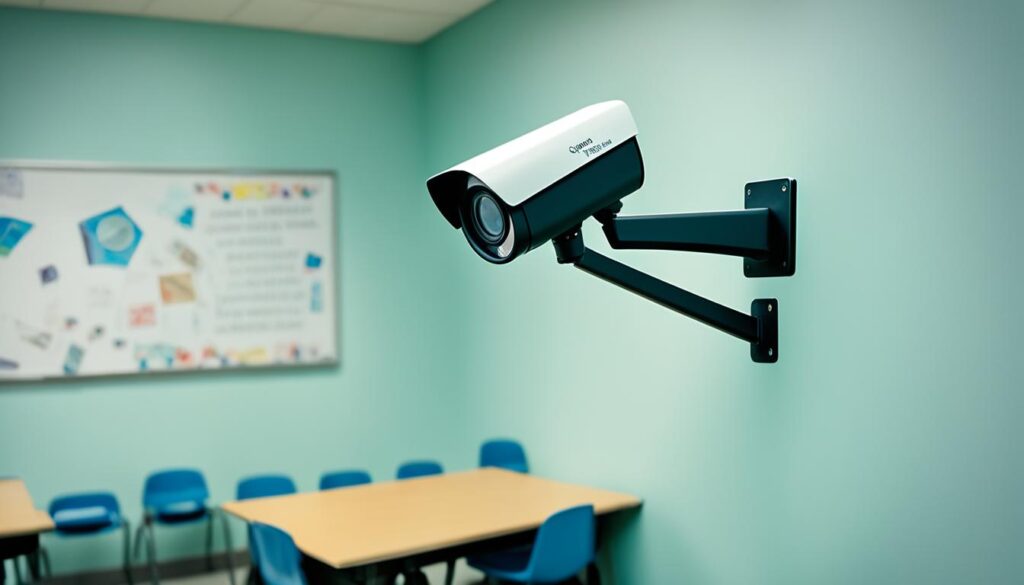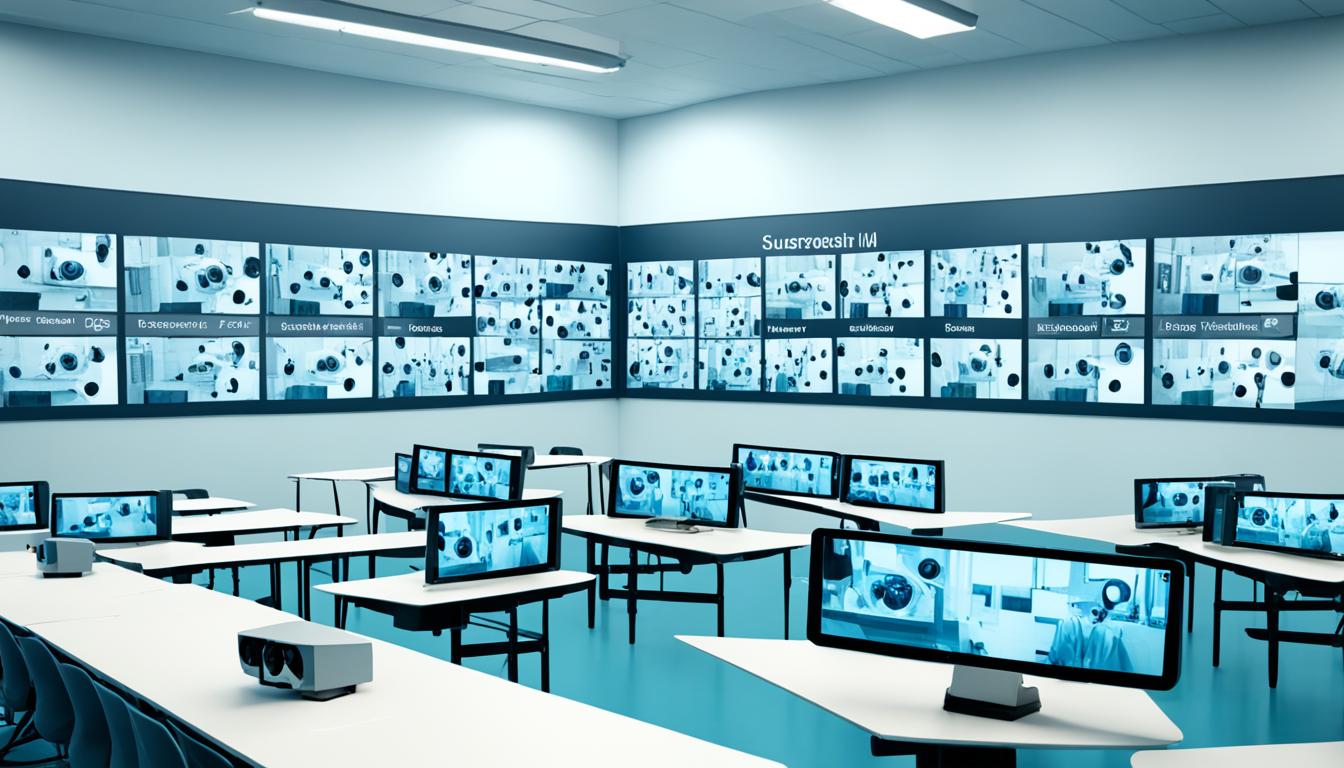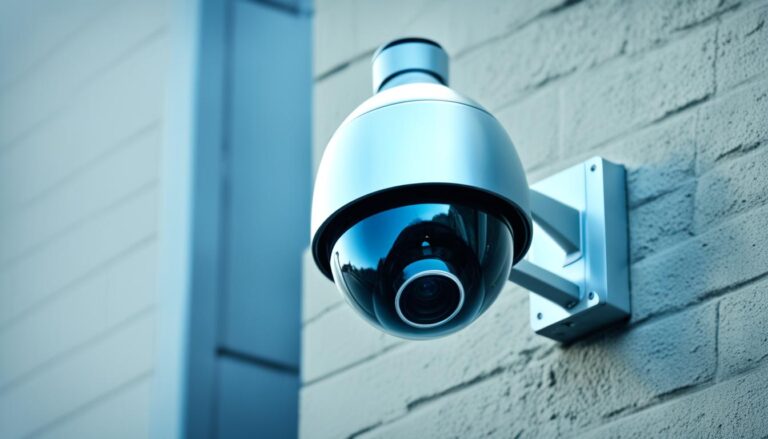are cameras allowed in classrooms in texas
When it comes to ensuring the safety and security of students in Texas classrooms, the question of whether cameras are allowed may arise. The presence of cameras can have a significant impact on privacy and educational settings. But what is the current state of affairs in Texas? Are cameras actually allowed in classrooms, and if so, under what circumstances? Let’s dive into the details to uncover the truth behind cameras in Texas classrooms.
Key Takeaways:
- The Texas Legislature passed Senate Bill 507, which requires school districts and charter schools to provide video cameras in self-contained classrooms or special education settings upon request.
- The cameras must record audio and cover all areas of the classroom except for bathrooms or areas where a student’s clothes are changed.
- Parental consent is not required for camera installation, but parents can file a written objection to opt-out.
- The recorded video must be retained for at least six months, and regular or continual monitoring is not allowed.
- Camera recordings are confidential and can only be used for the safety of students receiving special education services.
Requirements for Camera Installation
School districts and charter schools have specific requirements for the installation of video cameras in self-contained classrooms or other special education settings. These requirements ensure that the cameras are placed, operated, and maintained in a manner that promotes the safety and security of students receiving special education services.
Upon request from parents, board trustees, or staff members, school districts and charter schools must provide the necessary equipment, including video cameras, for installation. These cameras must be placed in self-contained classrooms or other special education settings where the majority of students in regular attendance receive special education services for at least 50% of the instructional day.
Written notice of video monitoring must be provided to parents and staff, informing them of the presence of cameras and the purpose of their installation. This notice allows parents and staff to be aware of the camera surveillance in these settings.
It is important to note that while the installation of video cameras is required, parental consent is not mandatory. However, schools must ensure that they comply with all other legal and privacy requirements when implementing video camera surveillance.
Ensuring Safety in Special Education Settings
By adhering to the requirements for camera installation, school districts and charter schools can create a safer environment for students with special needs. The presence of video cameras can deter incidents of bullying, abuse, or neglect, and provide evidence in the event of any alleged misconduct or safety concerns.
Next, we will explore exemptions and the opt-out option available for parents who have reservations about camera surveillance in the classroom or special education setting.
Exemptions and Opt-Out Option

As parents, we understand that privacy and security are important considerations when it comes to video camera placement in classroom settings. That’s why the law provides an opt-out option for parents who have objections to their child being monitored by a video camera.
If you, as a parent, have concerns about privacy or simply choose not to participate in camera surveillance, you have the right to file a written objection within 30 days of notification. Once you do so, the school district or charter school is prohibited from placing a camera in your child’s classroom or special education setting.
This opt-out option ensures that your rights as a parent are respected, allowing you to have control over your child’s privacy within the classroom. We recognize that every family’s needs and preferences are unique, and this provision gives you the flexibility to make the best decision for your child.
However, it’s important to note that the law does not specify the exact process for opting out. School districts and charter schools may have their own procedures in place, and we encourage you to reach out to the relevant authorities to understand the steps involved in exercising this option.
To learn more about camera placement in Texas classrooms, continue reading our article.
Retention and Monitoring Policies
When it comes to the recorded video in Texas classrooms, there are specific policies in place regarding its retention and monitoring. The school district or charter school is required to retain the recorded video for a minimum of six months. This ensures that there is a sufficient duration for accessing and reviewing the footage if needed.
However, it’s important to note that regular or continual monitoring of the video is not permitted, as excessive monitoring could potentially infringe on privacy rights and undermine the trust between educators, students, and parents. The focus is on using the video as a tool for addressing specific incidents or concerns, rather than for constant surveillance.
Additionally, it’s worth mentioning that funding the placement of video cameras in classrooms or special education settings can come from various sources. School districts and charter schools are allowed to accept gifts, grants, and donations specifically designated for this purpose. This enables communities and organizations to support the implementation of video surveillance systems, further enhancing student safety and educational environments.
Ensuring Safety and Privacy
Our goal is to strike a balance between maintaining student safety and respecting privacy rights. By retaining recorded video for a reasonable duration, we can promptly address any incidents or alleged misconduct. At the same time, we understand the importance of using these recordings responsibly and ethically.
We value the trust that parents, students, and educators place in us, which is why we have established clear policies to guide the retention and monitoring of recorded video. This ensures that we prioritize the well-being of students while respecting their right to privacy and preserving the integrity of the educational environment.
Video Surveillance of Special Education Settings

The Texas Education Agency (TEA) introduced rules in 2016, which were further amended in 2017, to address the implementation of video surveillance in special education classrooms. These regulations were developed with the primary objective of ensuring student safety by establishing clear guidelines for the installation, operation, and maintenance of video surveillance systems.
The amended statute provides explicit clarification on who is eligible to request the installation of cameras in special education settings, the proper procedure for submitting such requests, and the review process for accessing and evaluating recordings made under the provisions of the law.
In compliance with these rules, educational institutions are now better equipped to monitor special education classrooms using video surveillance technology, reinforcing their commitment to student safety and well-being.
By implementing video surveillance in special education classrooms, schools can create a safer learning environment where both students and staff can thrive. These systems can provide a valuable tool for monitoring and addressing any potential risks or incidents that may occur, helping to ensure the well-being and protection of all individuals within the educational setting.
Enhancing Student Safety in Special Education Classrooms
The use of video surveillance serves as an additional layer of security, enabling teachers, administrators, and parents to have greater visibility into the learning environment. This heightened level of oversight can help identify and prevent potentially harmful situations, ensuring the safety and welfare of special education students.
Furthermore, video surveillance can assist in addressing any concerns or disputes that may arise in special education settings. The ability to review recorded footage provides a factual record that can be invaluable in addressing allegations or investigating incidents, ultimately promoting transparency and accountability.
Through the responsible and thoughtful implementation of video surveillance, educational institutions can prioritize student safety in special education classrooms, creating an environment that fosters growth, learning, and inclusivity for all.
Access to Recordings and Complaint Procedures
To ensure transparency and accountability, parents have the right to access video recordings if they believe an alleged incident occurred in their child’s classroom. The process begins by submitting a written incident report detailing the incident and the requested viewing of the recording.
Under the law, school districts are required to have a specific process in place for reporting incidents and requesting access to video recordings. This ensures that parents are aware of the steps they need to take and guarantees their right to access the recordings.
If a school district denies a parent’s request or fails to respond within the required time, parents have the option to appeal the decision. The appeal is made through the district’s local grievance procedures, providing an opportunity for further review and resolution.
If the appeal is unsuccessful or does not provide a satisfactory outcome, parents can take the matter a step further by filing a petition for review with the Texas Education Agency (TEA). The TEA will then assess the case and provide a final decision based on their review.
Ensuring Transparency and Accountability
By outlining a clear process for accessing video recordings and providing avenues for complaint resolution, the law aims to protect the rights of parents and ensure that alleged incidents are appropriately addressed. This empowers parents with the ability to actively participate in their child’s education and the safety measures put in place.
Confidentiality and Use of Recordings
The law strictly regulates the use of video and audio recordings captured by the cameras in self-contained classrooms for students receiving special education services. These recordings are intended solely for the safety and well-being of the students.
The recordings, both video and audio, are treated with utmost confidentiality. They cannot be released or viewed unless they are directly related to an alleged incident or an ongoing investigation. This ensures that the privacy of both students and teachers is fully respected.
The school district is legally required to retain the recordings for a minimum of three months. However, in cases where an allegation has been made or an incident is being resolved, the recordings must be kept for an extended period. This ensures that the recordings are available for further review and assessment, if necessary.
The appropriate use and confidentiality of these video and audio recordings are crucial in maintaining the safety and security of students in special education settings. By adhering to these regulations, we can ensure that the recordings fulfill their intended purpose while safeguarding the rights and privacy of all individuals involved.
Safeguarding Student Safety Through Confidentiality
The confidentiality of the video and audio recordings is of utmost importance in upholding the privacy and dignity of the students. By strictly limiting access to the recordings and using them solely for safety purposes, we create an environment that fosters trust and protects the interests of everyone involved.
Conclusion
The use of cameras in Texas classrooms is governed by Senate Bill 507, with the primary objective of enhancing student safety in educational settings, particularly for those receiving special education services. The law mandates the installation of video surveillance in self-contained classrooms and other special education settings, with the cameras recording audio and monitoring all areas of the classroom, except for private spaces. While parental consent is not necessary, the legislation allows for objections, ensuring privacy concerns are addressed.
Under the law, school districts and charter schools are required to provide video camera equipment upon request from parents, board trustees, or staff members. Notifications about the implementation of video monitoring must be given to parents and staff, emphasizing transparency in the process. Moreover, exemptions are granted to parents who file a written objection within 30 days of notification, offering an opt-out option for those who prefer not to have cameras in their child’s classroom.
Access to recorded footage is facilitated through a clear procedure, enabling parents to submit incident reports and request to view the recordings. Districts must have a comprehensive process in place for reporting incidents and ensuring access to the recordings. In case of denial or lack of response, parents have the right to appeal through the district’s local grievance procedures and can further file a petition for review with the Texas Education Agency if necessary.
As a crucial aspect of the legislation, the confidentiality of the recordings is emphasized. Video and audio recordings captured by the cameras can only be utilized for the safety of students in self-contained classrooms, with strict limitations on their release and viewing. The law mandates the retention of recordings for at least three months, and longer if an allegation or incident is being resolved, further emphasizing the importance of maintaining student safety in educational settings.





